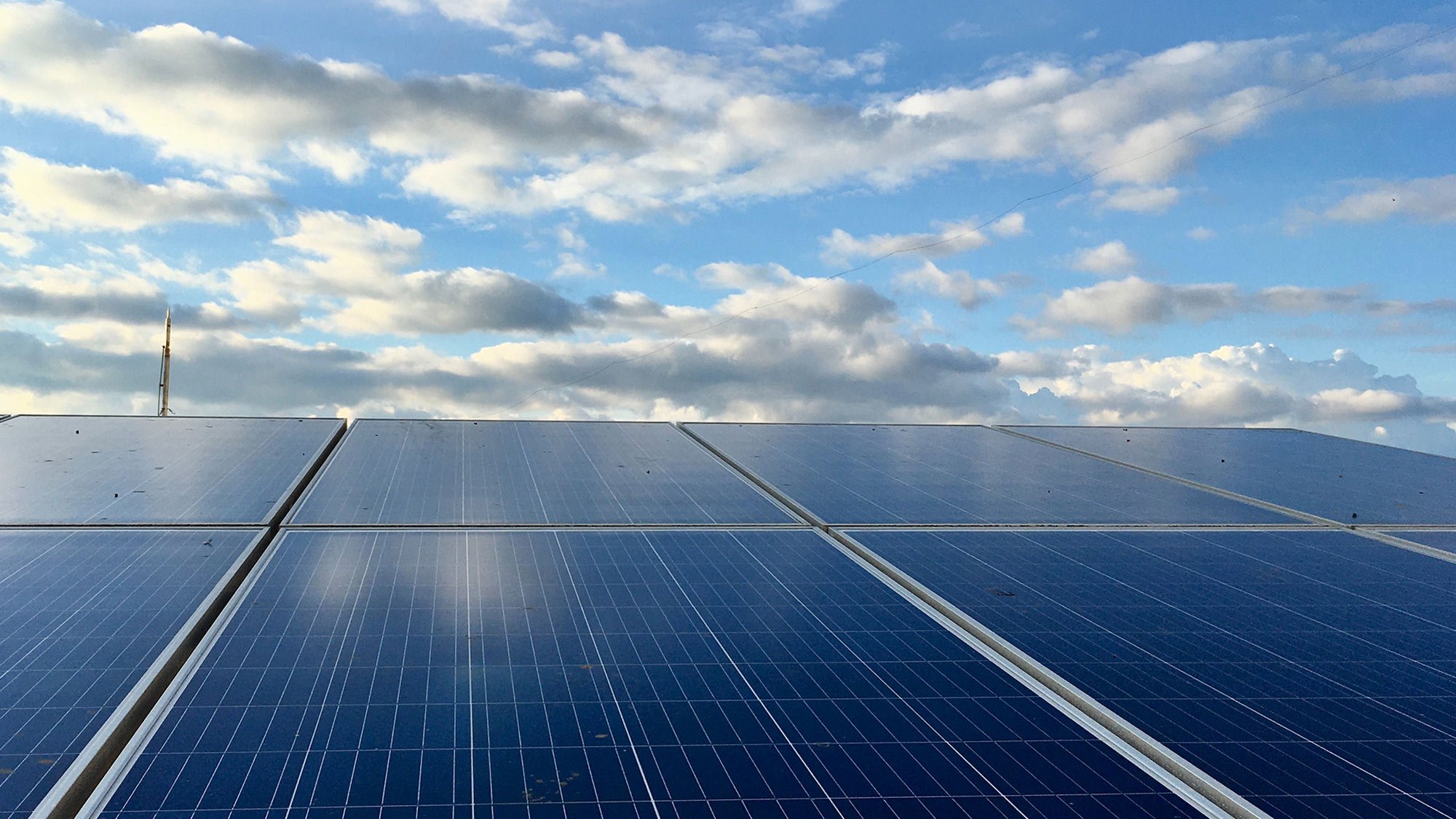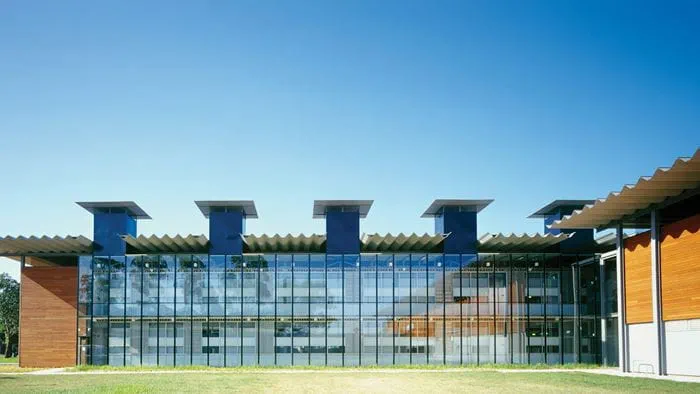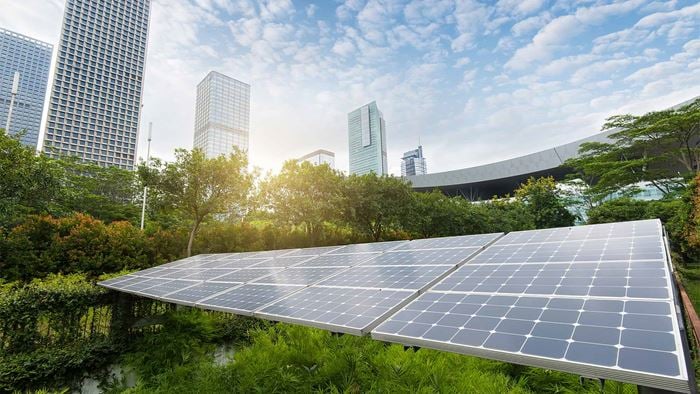In California, natural and climate related hazards have created a demand for action to improve energy resilience. Cities, counties, and communities are now trying to better understand their resilience to risks like fires and earthquakes, identify their critical energy needs, and build up their capacity to weather disasters.
To help meet this demand, Arup designed the SolarResilient toolset in collaboration with our clients and partners. SolarResilient provides recommendations for solar PV plus battery storage systems to simultaneously answer the need for energy resilience during a grid disruption while also decarbonizing the community by providing renewable energy storage and generation.
Funded by a United States Department of Energy grant and now publicly available, the toolset estimates the necessary rating and physical size of grid-integrated PV and battery storage that would provide power for extended periods of large-scale grid power outage — for single facilities up to entire portfolios. From there, Arup’s consultants can help cities and building owners understand that data and map out a holistic urban energy resilience strategy; including procurement, partnering, and economic justification.
Critical facilities for the San Francisco Bay Area
Working with San Francisco as a pilot city, Arup analyzed 225 critical facilities, including the financial, economic, and technical assessment of battery and PV systems for a prioritized group of 45 shelters and 25 libraries. Arup’s program showed that implementing the system investment would safeguard 50,000 people overnight and enable day use for 225,000 residents during a multi-day outage.
“Access to reliable and affordable energy service is essential to our function, health, and safety in today’s world. Using a combination of solar power and battery energy storage not only keeps critical facilities operational during planned and unplanned grid outage events, but also provides clean energy and grid services vital to decarbonizing our grid. ”
Gray Bender Senior Energy Consultant
Scaling from one city to twenty-six
From there, Arup’s SolarResilient approach was expanded to serve 26 cities in the Bay Area across a portfolio of almost 500 critical facilities. Each facility was scored based on exposure to hazards including wildfire, earthquake, tsunami, and sea level rise, as well as their proximity to disadvantaged and low-income communities. Arup also undertook a walkshed analysis to determine the population of the local community that could access the facility within a 30-minute walk; a necessity for facilities providing community function in the event of lost transportation infrastructure. Ultimately, 423 facilities were deemed well-suited for an energy upgrade to improve community resilience.
SolarResilient is now expanding to support other load-serving entities and portfolio owners in at-risk and disadvantaged communities with a particular emphasis on critical facilities and electricity-dependent residents.
Across America — from California to Texas to Maryland — SolarResilient is emerging as a win-win. Procuring solar plus storage across a multitude of buildings simultaneously lowers costs, safeguards lives, and advances climate action.
“SolarResilient is a win-win. Procuring solar plus storage across a multitude of buildings simultaneously lowers costs, safeguards lives, and advances climate action. This should happen everywhere. ”
Cole Roberts Principal
 ;
;








